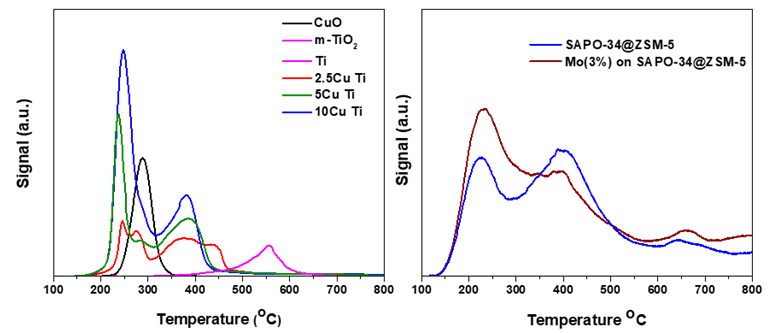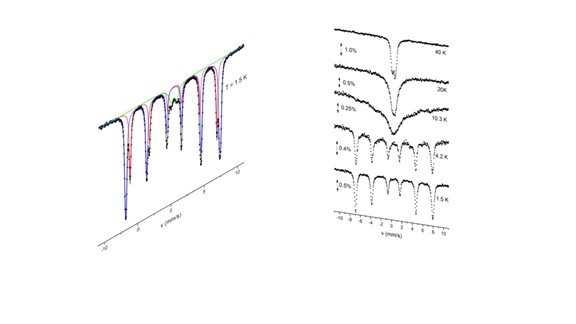Porous Materials Characterization
Structural & Morphology Characterization (Surface/overlayer/interface characterisation)
The TPR/TPD/TPO combines affordability and automation and offers compact, bench-top materials characterization using automated flow methods of analysis, including pulse titration.
Fully automated analysis sequences are programmed using the instrument’s software. Titrations for the metal area and dispersion determination use a new automatic loop injector and automatic gas switching. Furnace temperature ramping provides for temperature-programmed methods (TPR, TPD, TPO, TPSR-known collectively as TPX) and sample preparation, both including rapid furnace cooling using forced air for higher throughput.
The resulting data from TPR/TPD/TPO can be used to:
- Confirm or predict catalyst activity
- Determine optimal catalyst preparation conditions for industrial use
- Measure efficiency of regeneration of used catalysts
- Quickly screen experimental catalysts
- Calculate activation energies for a given reaction
- Determine relative acid strengths

@
provided at NFFA-Europe laboratories by:

@
provided at NFFA-Europe laboratories by:
Also consider
Electronic & Chemical & Magnetic Characterization
EPR Electron Paramagnetic Resonance
EPR technique allows the detection and study of transient and stable paramagnetic species such as free radicals, over a very wide range of temperatures.
Electronic & Chemical & Magnetic Characterization
MOS Mossbauer spectroscopy
Mössbauer spectroscopy is used for the characterization of electronic and magnetic properties of materials containing specific isotopes such as 57Fe, including alloys and oxides, magnetic nanoparticles for magnetic storage and biomedical applications, synthetic and natural minerals and ores, and iron-containing biological systems and thin films.



